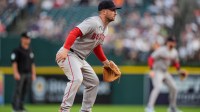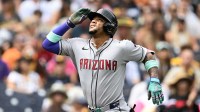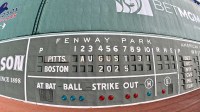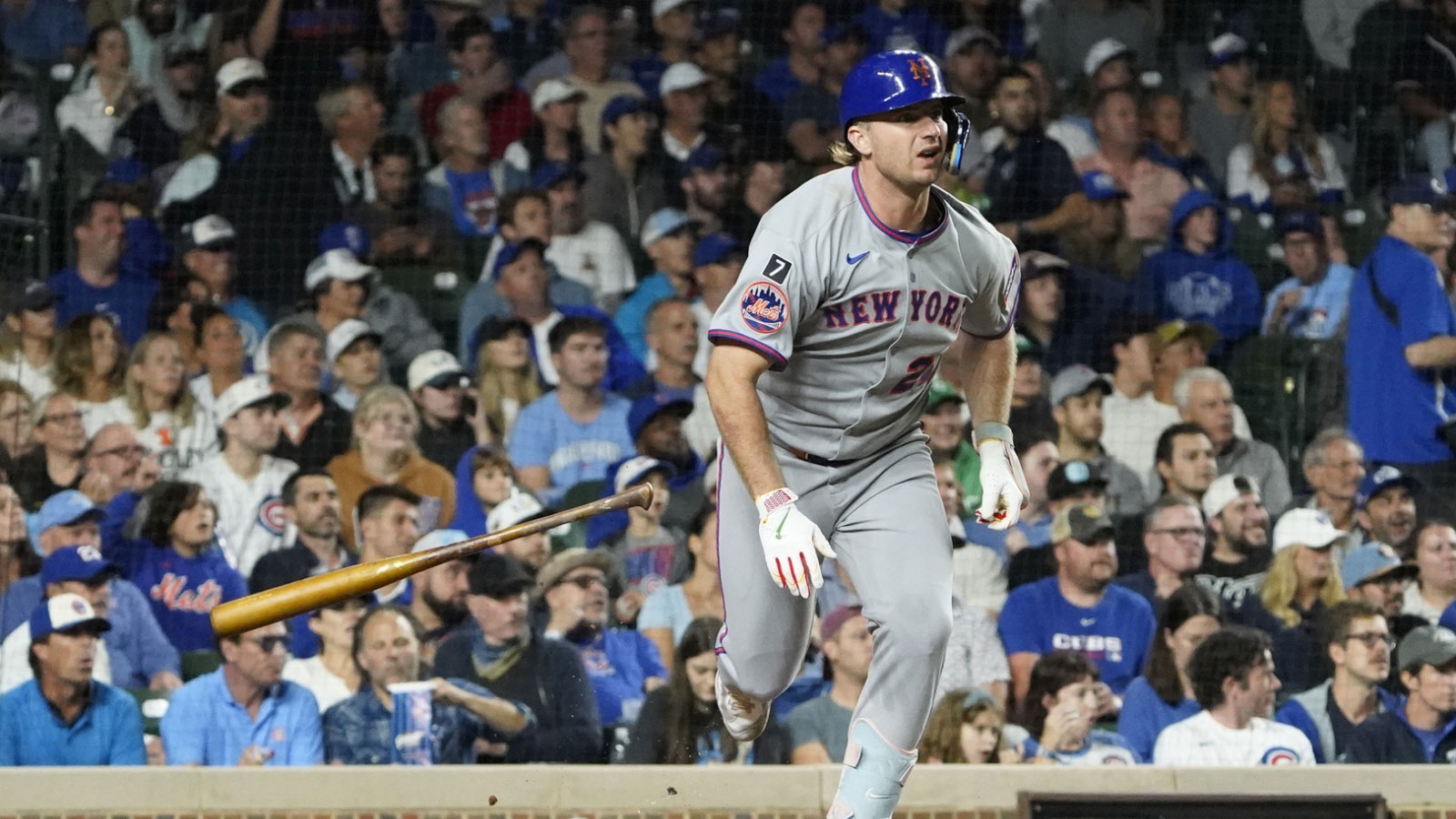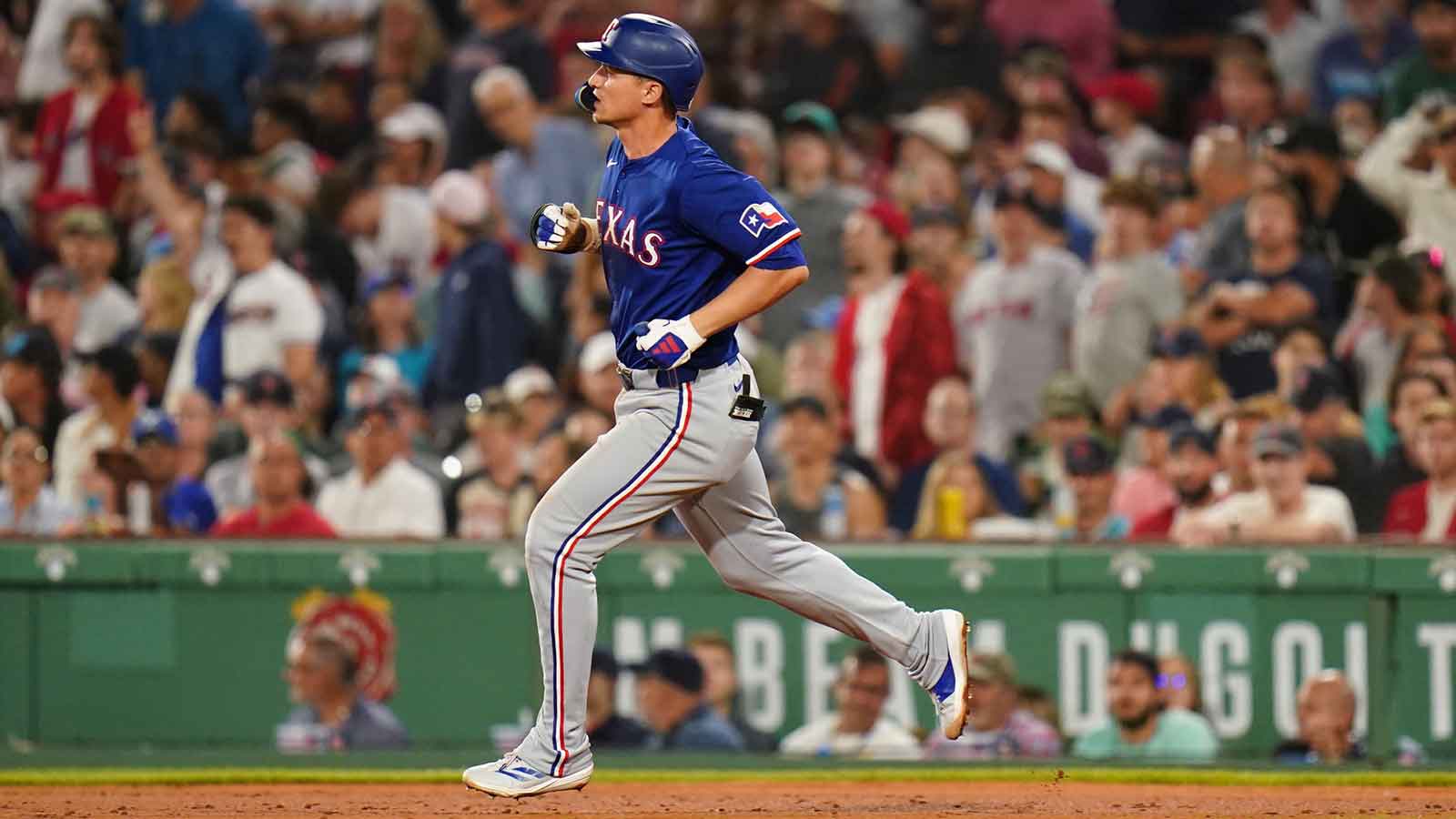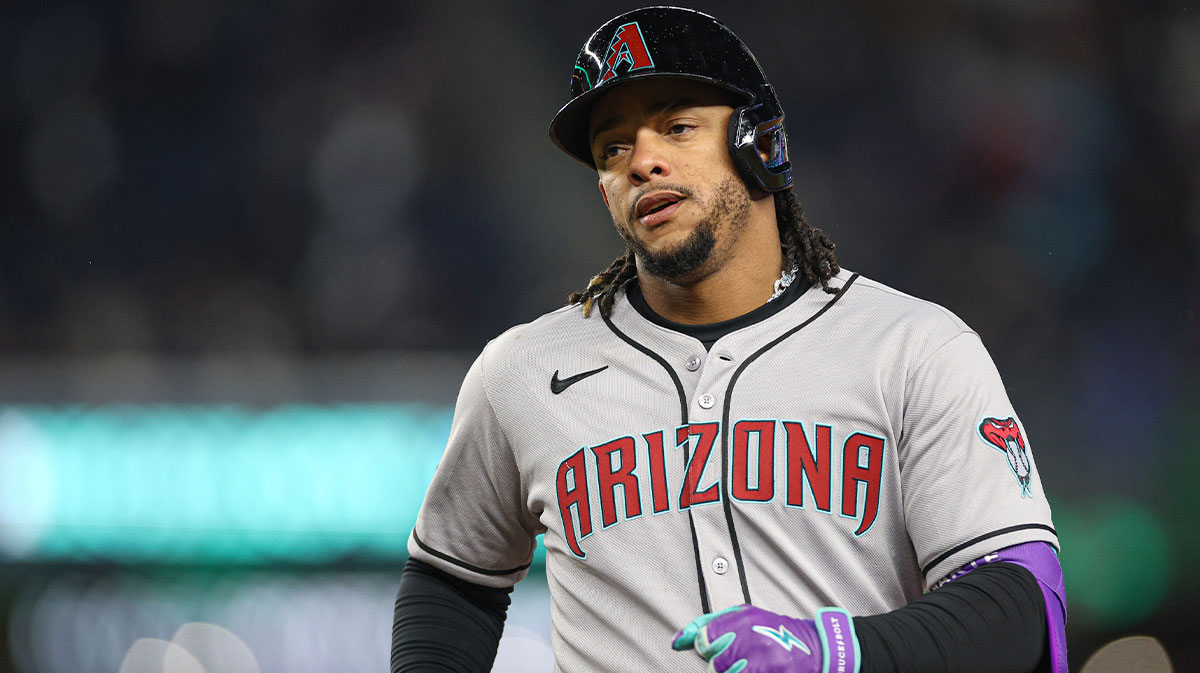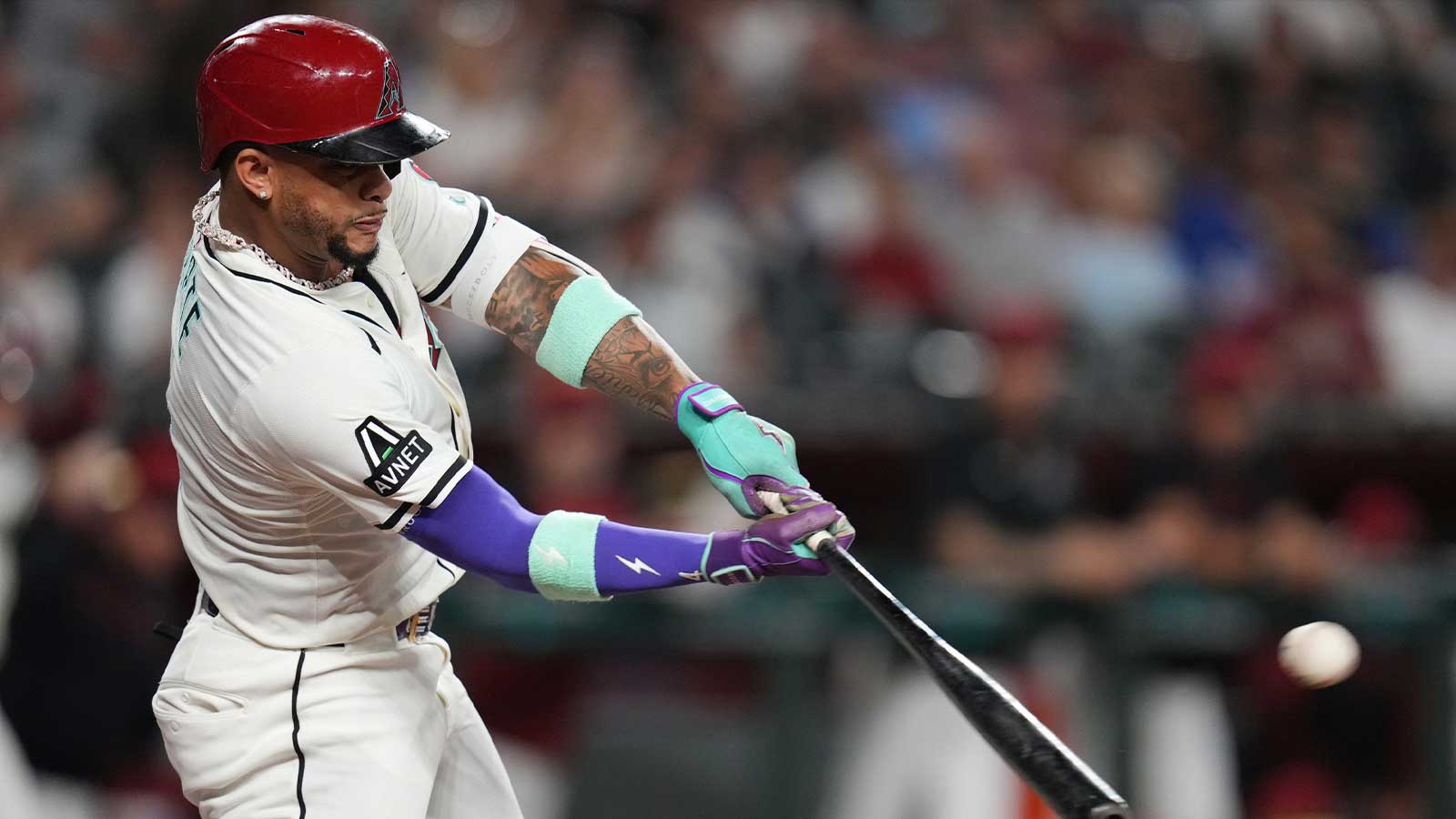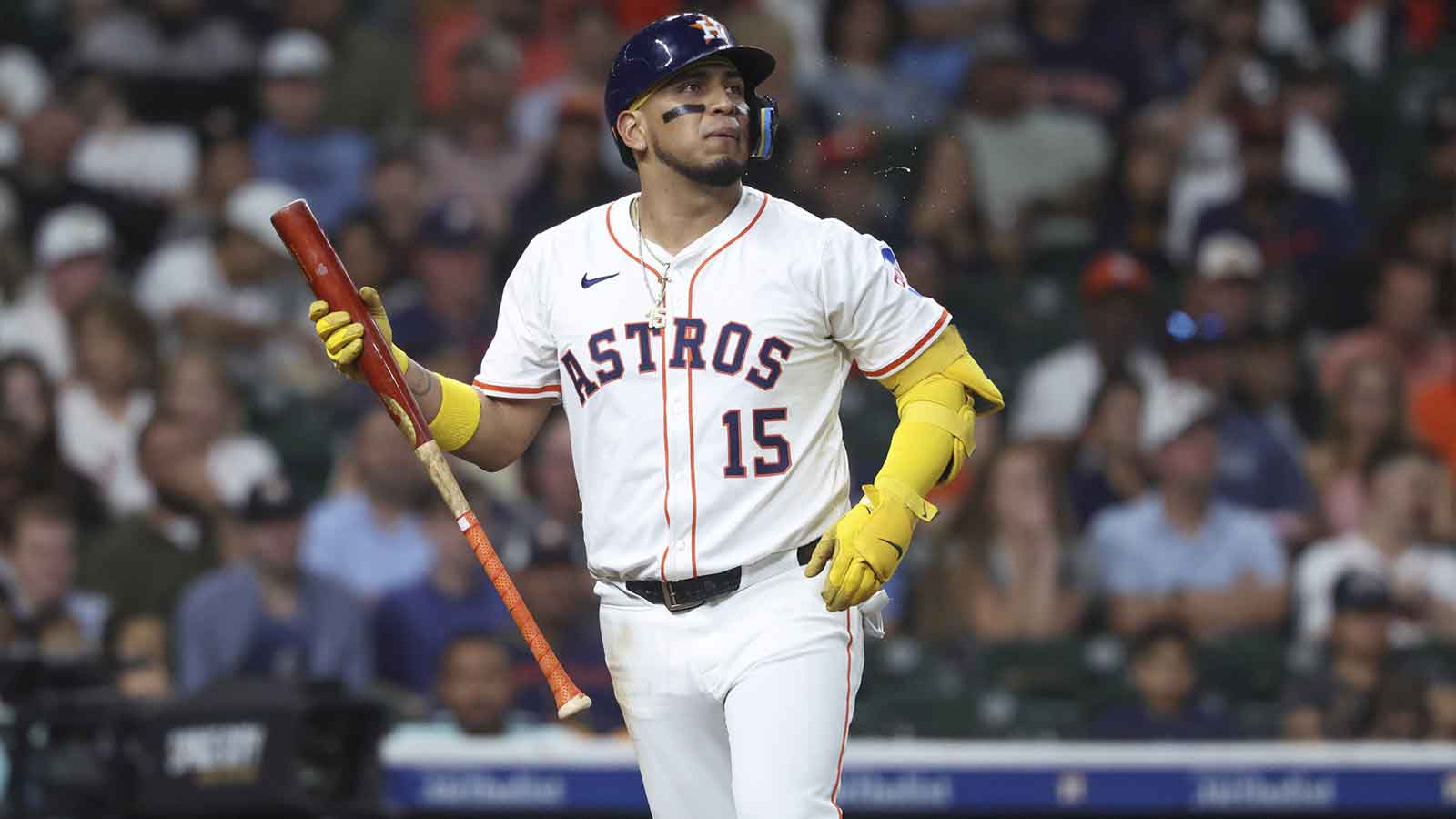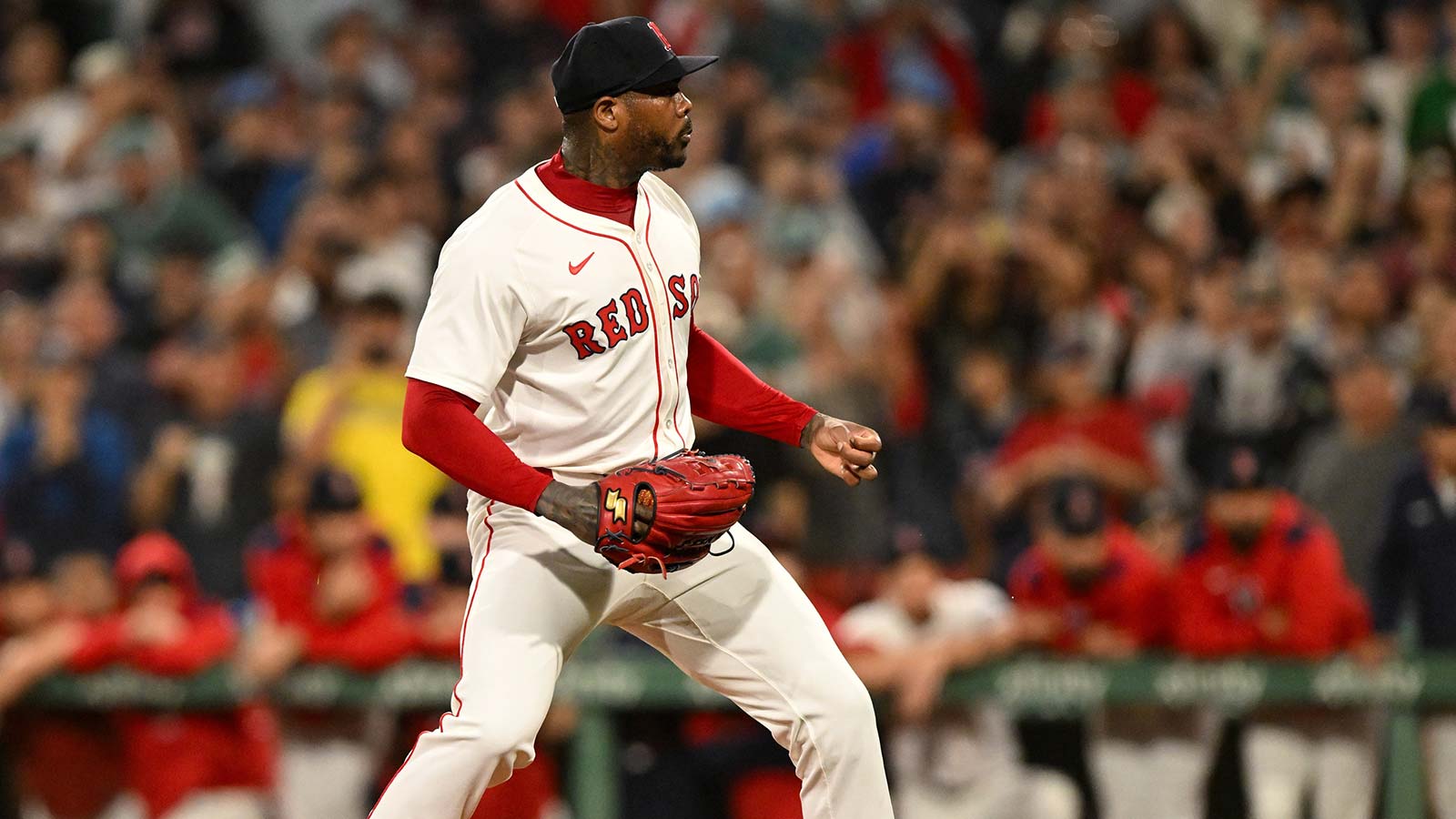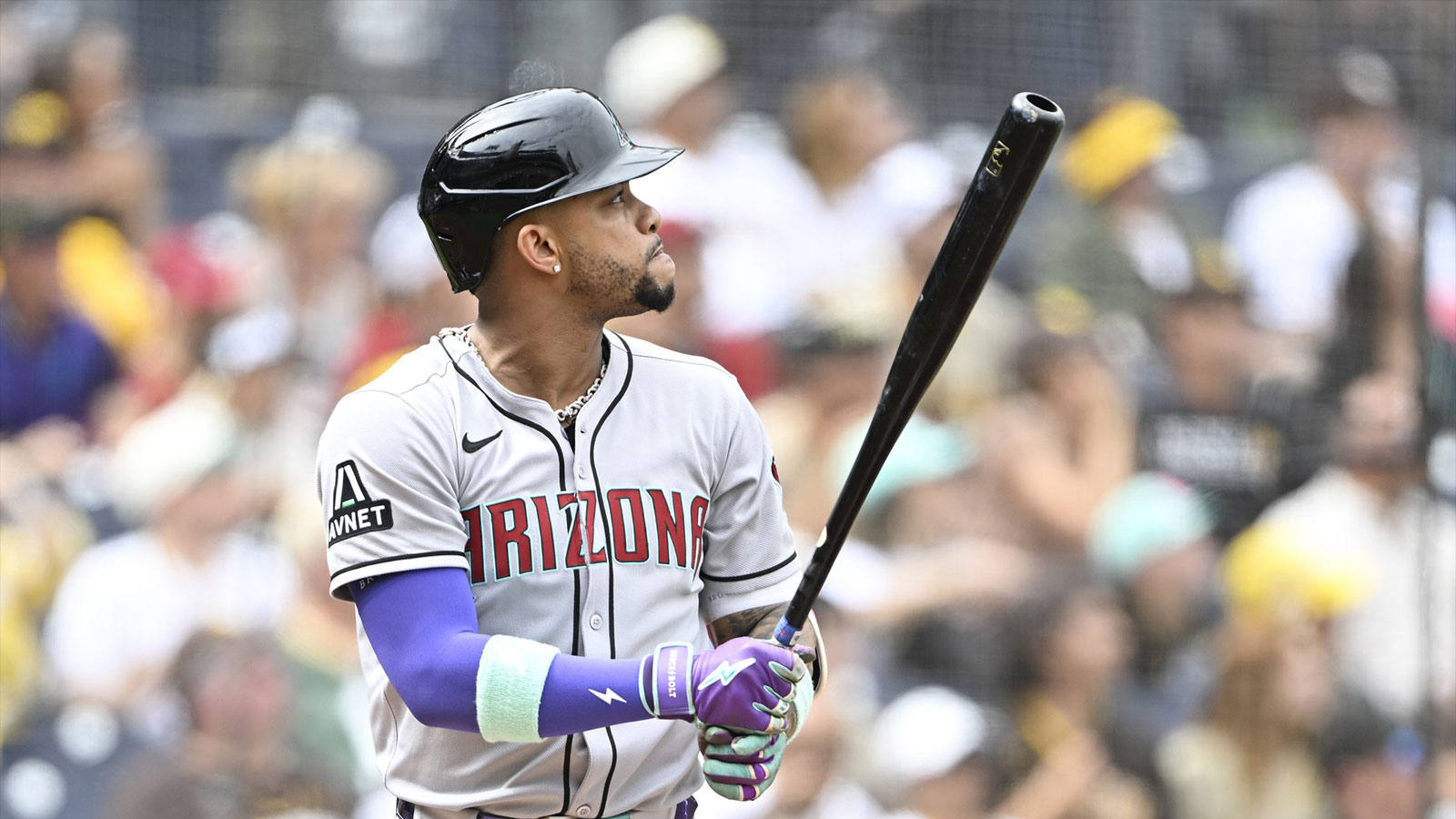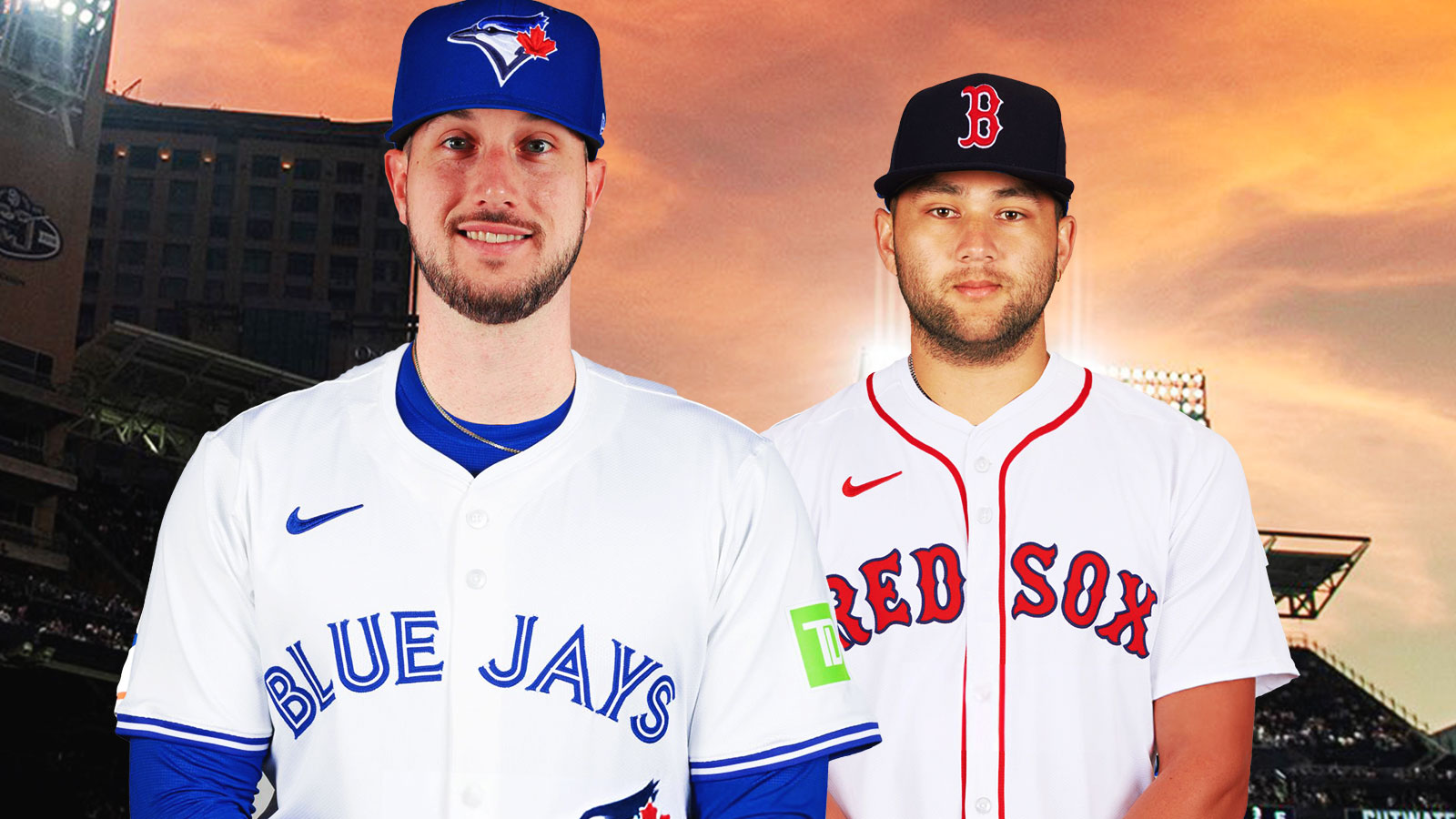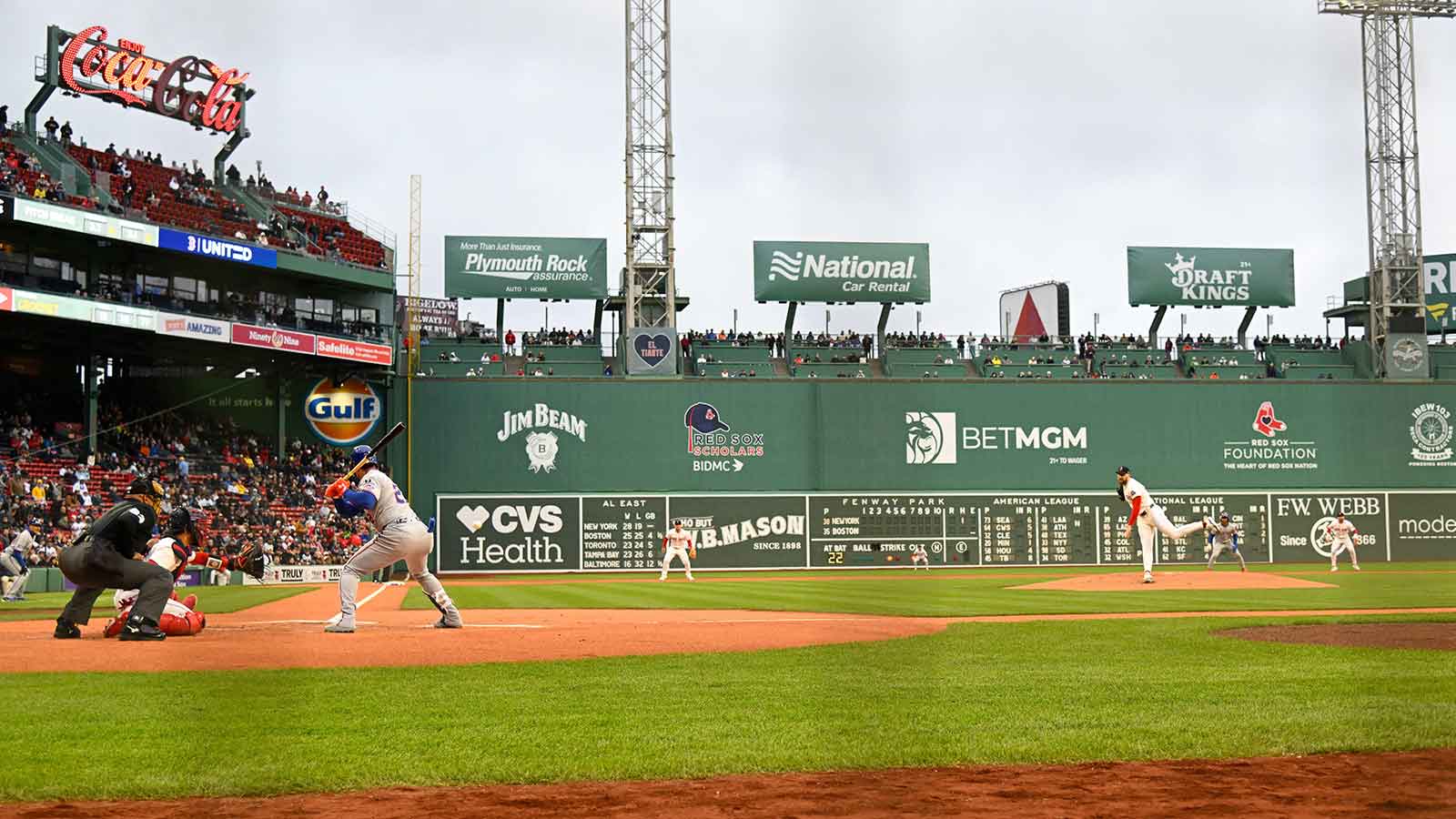It is safe to say that the 2018 Boston Red Sox will go down as one of the greatest teams in baseball history. After winning a franchise record 108 games in the regular season and watching Mookie Betts become the American League MVP, the Red Sox went 11-2 in the playoffs and romped their way to a World Series title.
With most of the core returning for the 2019 season, it was expected that the Red Sox would once again be the team to beat in the AL East. Only, it certainly did not begin that way. Boston got off to a staggering 6-13 start, and by the end of April they were still just 13-17 while the Tampa Bay Rays had burst from the gate to seemingly take control of the division.
Chris Sale and the rest of the rotation were putting together one of the worst months in franchise history, and stars like Betts and Andrew Benintendi were simply not in rhythm at the plate. As is typical for any Boston fan base, panic was beginning to settle in for the defending champions.
But just as the Chicago Cubs have done in the National League, the Red Sox have righted the ship. Entering play on May 29, they were 16-9 in May and Sale had returned to his dominant self while David Price retained his ace-level form.
Still, the Rays and Yankees have hardly slowed down at all, and the Red Sox were still seven games out of first place on May 29, so they have their work cut out for them.
Here are the five biggest storylines (in descending order) for the Boston Red Sox through the first two months:
5. Dustin Pedroia retirement limbo
This is a more recent development, but franchise second baseman and legend Dustin Pedroia says that he is unsure whether or not he will ever play again due to a knee injury that continues to plague his health.
If Pedroia has indeed played in his final game for the Red Sox, he has had an unbelievable career. He set the standards for “little guys” in the league, winning AL Rookie of the Year in 2007 and the league MVP the following season.
Pedroia has won multiple World Series titles with the club–three, to be exact–and is a .299 lifetime hitter. From 2007-2013 Pedroia was ninth in terms of fWAR and second at his position, behind only Chase Utley. He has multiple seasons with 200 hits, and is a four-time Gold Glove award winner.
In many ways, Pedroia–along with former Red Sox slugger David Ortiz–has been the anchor for the Red Sox over the last decade and change. His sheer grit and attitude have always been hailed by teammates, and former Boston manager and current Indians skipper Terry Francona has always lauded Pedroia's work ethic and smarts on the baseball field.
Pedroia's contributions to the franchise should not go unrecognized. He will go down as one of the greatest players in Red Sox history and in fact might just be the best second baseman in franchise history.
4. Bullpen delight
Plenty of analysts and talking heads wondered if the Red Sox and president Dave Dombrowski were letting a mistake by willingly letting closer Craig Kimbrel walk in free agency. After all, Boston's bullpen was one of the lone weaknesses of the team during the 2018 postseason.
And yet, Dombrowski professed faith in the arms that he had, insisting on the talent of guys like Matt Barnes, Brandon Workman and Ryan Brasier.Thus far, that gamble seems to have paid off.
Entering play on May 29, the Red Sox ranked ninth in bullpen fWAR and eighth in ERA, according to FanGraphs. Barnes has had electric stuff, posting a 2.08 ERA with an absurd 16.2 K/9. Workman and Marcus Walden have been equally stellar, as both have sub-2.50 ERAs and at least a 10.0 K/9 rate, with good peripherals.
Heath Hembree has been a dependable option, and Ryan Weber may be an interesting piece if they decide to use him in long relief.
The Red Sox could stand to see some improvement from Brasier, however. He had been somewhat effective (3.97 ERA) but his peripherals (5.59 FIP and 7.1 K/9) were lousy, and he had already given up five homers in just over 22 innings of work.
Still, Dombrowski and manager Alex Cora have to be delighted with the work the bullpen unit has put in thus far. If Cora can find a steady option at the back end (maybe it is Brasier, after all), a solid bullpen unit will continue be tremendous in assisting what has been a very mercurial starting rotation.
3. Unlikely heroes
Ultimately, Boston's offense is still paced by Betts, Benintendi, Xander Bogaerts and J.D. Martinez. Still, there are a number of guys who have made massive contributions to this Red Sox lineup.
Christian Vazquez has asserted himself as an everyday catcher capable of hitting for power. Mitch Moreland has gone through a series of hot and cold streaks, but he was slugging .550 and leading the team with 13 homers.
Rafael Devers got off to the best start in his career. As of May 29, Devers was hitting ..329 with a .901 OPS and seven homers, and ranked second on the team with 15 doubles.
His development as a hitter capable of spraying the ball to all fields and hitting for both contact and power has been an extremely welcome sight coming off a disappointing 2018. Devers had cut his strikeout rate by nine percent while also slightly increasing his walk rate, according to FanGraphs.
Then of course, there is rookie second baseman Michael Chavis. The top prospect in Boston's farm system was initially designated as a corner infielder, but made the move to second with Pedroia succumbing to injuries and both Eduardo Nunez and Brock Holt failing to perform.
Through his first 34 games, Chavis had already smacked 10 homers and had posted a .903 OPS. For as often as he strikes out (28 percent rate) he still walks at a decent clip (11 percent rate), and he has become yet another run-producer in the Red Sox lineup, running the second-highest OPS+ (136) on the team behind Martinez.
Suddenly, it seems as though the Red Sox may not be nearly as top-heavy as executives and scouts had thought.
2. Starting rotation–A Tale of Two Months
Poor starting pitching was probably the foremost reason for Boston's poor start. Aside from David Price, it seemed as though the Red Sox could not get a quality start from any of their guys, who had also become privy to serving up long balls.
However, the narrative has changed in May. In five starts this month, Chris Sale had a 2.23 ERA and 15.6 K/9, including a 17-strikeout performance against the Colorado Rockies on May 14. Rick Porcello had a 3.34 ERA in the same amount of starts in May while significantly shrinking his walk rate and simply attacking hitters. Eduardo Rodriguez had a 3.90 ERA through five May starts, and Price had a dazzling 1.53 ERA in four starts.
In short, the Red Sox are finally getting the production they have desperately needed from their rotation, and each starter is showing the capability to go deeper into ballgames.
Sale endured an early velocity scare, but his recent dominance has been a throwback to the first half of last season, when he emerging as the likely candidate to win the AL Cy Young award.
Meanwhile, Price might just be having his best year yet in Boston. After a fine month of May, Price's ERA was at 2.83 as of May 29. That would be his lowest average since 2015. Similarly, Price had a 10.0 K/9 which would actually be the best rate of his career.
With the current rotation beginning to fire on all cylinders, the Red Sox will be hoping to get added contributions from Nathan Eovaldi one he is ready to return.
1. Did the slow start doom them?
Unfortunately, when you happen to play in a division that has three of the very best teams in baseball, one of those teams is going to be the odd man out.
The Rays won 90 games last year and missed the playoffs. The Yankees won 100 and were merely rewarded with a birth in the AL Wild Card game and subsequent series against the Red Sox.
But this year, Boston's hungry foes have gotten the jump on the defending champions. And the scary news for the Red Sox is that both teams should only stand to see improvement.
The Bronx Bombers have seemed to discovered a wealth of riches despite all of their injuries, while the Rays have one of the best pitching rotations in all of baseball and are getting early contributions from youngsters like Brandon Lowe and Austin Meadows.
While the Red Sox have done all they can merely to try to get back into the division, their opponents have hardly batted an eye. The Yankees had gone 18-7 through 25 games in May, while the Rays had still gone 14-10 through 24 games despite extended absences by Meadows and Tyler Glasnow.
Of course, there is still a ton of baseball left to be played, and the Red Sox are as dangerous as any team in baseball. But with the way the Yankees and Rays have been playing this year, it is hard not to wonder if Boston's slow start may have doomed them already.


